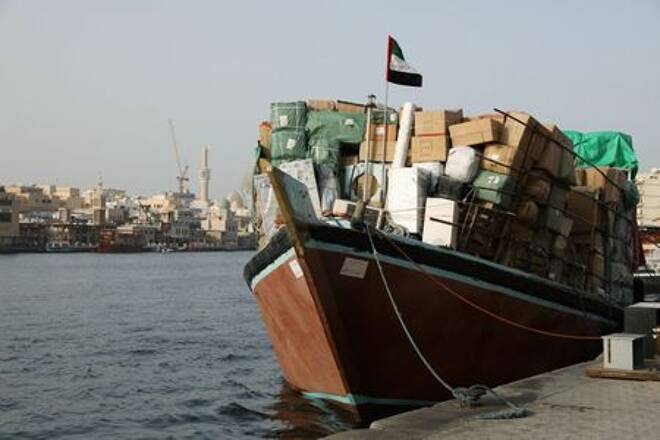Advertisement
Advertisement
Iran’s Recovery Seen as Modest with Return to Original Nuclear Deal – IIF
By:
DUBAI (Reuters) - Iran's economic recovery is likely to be modest should it revive a 2015 nuclear deal with six world powers without expanding the scope of the pact, according to a trade body for the global financial industry.
Hardliner Ebrahim Raisi’s victory in a presidential election this month will not derail the nuclear negotiations, but the United States may face difficulties in expanding the scope of the accord, the Institute of International Finance (IIF) said in a report.
“The likely outcome for the JCPOA (Joint Comprehensive Plan of Action) negotiations is a return to the 2015 agreement, which would keep many sanctions in place. Such a limited agreement would deter significant investment by Western firms, making a sharp pickup in growth unlikely,” it said.
Iran and the United States have been holding indirect talks since April to revive the 2015 nuclear deal, which then U.S. President Donald Trump abandoned in 2018, reimposing sanctions.
U.S. President Joe Biden is seeking to revive and eventually broaden the nuclear pact to put greater limits on Iran’s nuclear and ballistic missile programmes, as well as constraining its regional activities.
Iran has rejected negotiating a stronger and broader deal.
Under the weight of U.S. sanctions and the worst COVID-19 pandemic impact in the Middle East, Iran’s economy remains fragile, with high unemployment and an inflation rate of more than 50%.
In the event of a comprehensive new nuclear agreement that went beyond a return to the 2015 terms, Iran would see real gross domestic product (GDP) rise by 4.3% this year, and then by 5.9% and 5.8% in 2022 and 2023 respectively, the IIF estimated.
Under this scenario, official reserves could more than double by the end of 2023 from $70 billion as of May this year, foreign direct investment would help create jobs and Iran would shift to a fiscal surplus by 2023.
If there is a return only to the terms of the 2015 deal, Iran’s real GDP could grow by 3.5% this year, and by 4.1% and 3.8% in 2022 and 2023 respectively, said the IIF.
“The modest recovery may not reduce unemployment significantly, which currently hovers around 20%,” it said.
If Tehran and the six powers fail to reach any agreement, unemployment in Iran will likely remain in double digits and economic growth will be subdued, at 1.8% this year, said the IIF.
(Reporting by Davide Barbuscia; Editing by Gareth Jones)
About the Author
Reuterscontributor
Reuters, the news and media division of Thomson Reuters, is the world’s largest international multimedia news provider reaching more than one billion people every day. Reuters provides trusted business, financial, national, and international news to professionals via Thomson Reuters desktops, the world's media organizations, and directly to consumers at Reuters.com and via Reuters TV. Learn more about Thomson Reuters products:
Advertisement
